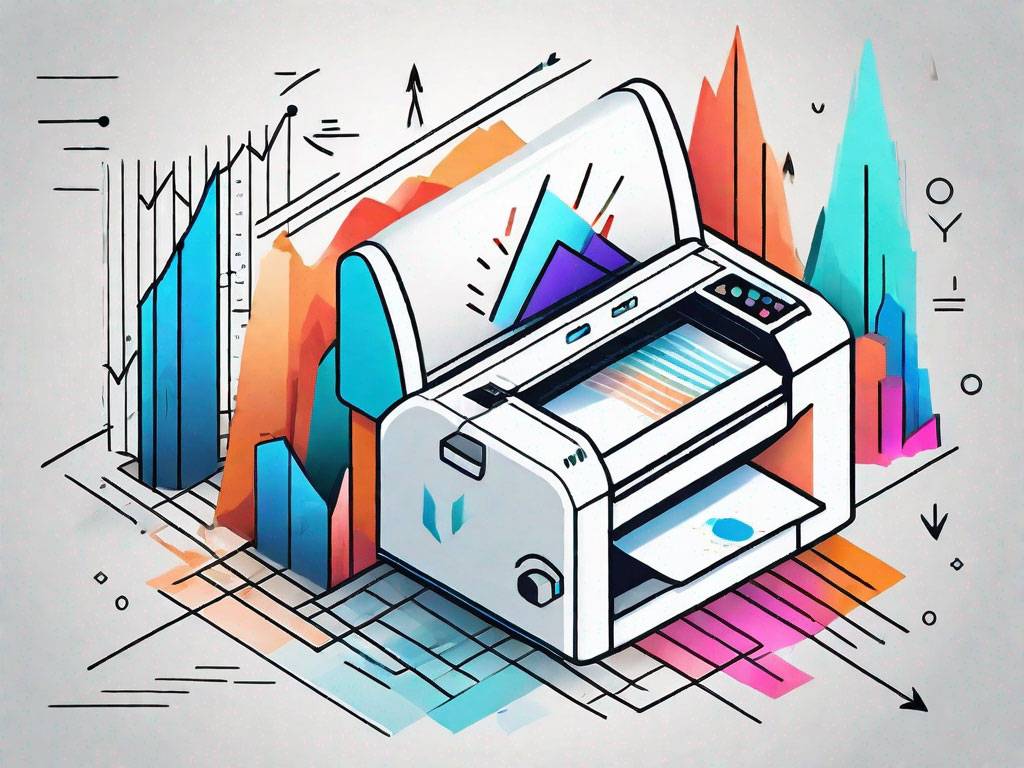You can offer globally without holding inventory by using print on demand.
You can offer globally without holding inventory by using print on demand.
Blog Article
Understanding Just How Digital Printing Revolutionizes the Printing Market
The printing sector, long steeped in standard approaches, is undergoing a radical improvement with the arrival of electronic printing. This cutting-edge technology, which avoids the demand for publishing plates, enables fast manufacturing and modification, reshaping the landscape of print communication. With its prospective to stimulate engagement via personalized material and to use lasting remedies, it's clear that electronic printing is greater than a technological development; it's a crucial video game changer. Exactly how exactly does it revolutionize the industry? Let's explore.
The Advancement of Digital Printing: A Quick Introduction
Considering that its creation, digital printing has undertaken considerable improvements, constantly transforming the printing industry. Its advancement began with the advancement of xerography in the mid-20th century, a process which laid the groundwork for laser printers. With the advent of the 90s, electronic printing innovation began to mature, and the sector observed the introduction of direct imaging presses, which removed the requirement for printing plates. As the brand-new millennium unravelled, improvements in technology further stimulated the development of digital printing, bring about the production of high-speed inkjet printers. These gadgets offered premium high quality and speed, forever changing the landscape of the industry. Today, digital printing stands as a testimony to human advancement, continually advancing to meet the ever-changing demands of the contemporary globe.

Unloading the Technology Behind Digital Printing
Digging right into the intricacies of digital printing innovation, one runs into a rich tapestry of sophisticated equipment and complex algorithms. At the heart of this procedure exists an electronic image, which is processed by software program that separates it into a grid of dots. This elaborate system, boosted by advanced software application and high-resolution imaging, has actually changed the landscape of the printing sector, paving the way for unmatched degrees of information and precision.

The Advantages of Digital Printing for Businesses
Recognizing the innovation behind digital printing provides a clear image of its accuracy and information. Digital printing is environmentally pleasant, making use of less ink and producing less waste. The complete capacity of digital over at this website printing is realized when made use of for personalization and personalization, a topic that will certainly be covered in depth in the next area.
The Duty of Digital Printing in Customization and Personalization
While conventional printing methods battle with modification and personalization, digital printing excels in these locations. It enables the simple alteration of layouts, without the requirement for costly and time-consuming plate adjustments (print on demand). This makes it possible for browse around here services to tailor items to specific clients, meeting specific demands and improving customer fulfillment
Digital printing likewise permits variable data printing, where aspects such as message, graphics, and images might be transformed from one printed item to the next, without reducing the printing procedure. This is particularly valuable for direct advertising campaigns, where tailored messaging can dramatically improve action prices. In this means, electronic printing not just transforms the printing industry yet also changes the method businesses communicate with their clients.
Analysing the Ecological Impact of Digital Printing
Although electronic printing has actually been admired for its role in customization and personalization, it is vital web to analyze its ecological impact. Digital printing can be less wasteful than conventional techniques, since it runs on a 'print on need' basis, removing the demand for huge print runs that can cause excess and waste. In addition, it makes use of less chemicals and generates much less unpredictable natural substances (VOCs) contrasted to balance out printing. Nonetheless, the power use of digital printers can be high, causing boosted carbon footprint. In addition, using non-recyclable printing components and the obstacle of e-waste monitoring position substantial environmental worries. While electronic printing has lots of advantages, its environmental impact needs to be conscientiously handled.
Final thought
Finally, electronic printing has changed the printing industry, supplying quick, cost-efficient, and top quality solutions. It assists in customization, improving customer interaction, and uses a sustainable print-on-demand version. As this technology remains to evolve, its effect on business interaction, customer contentment, and environmental sustainability comes to be increasingly profound. Recognizing these changes is vital for businesses to take advantage of the advantages of electronic printing effectively.
Report this page